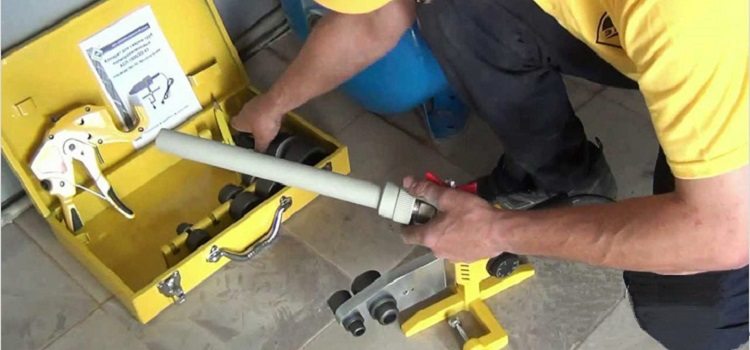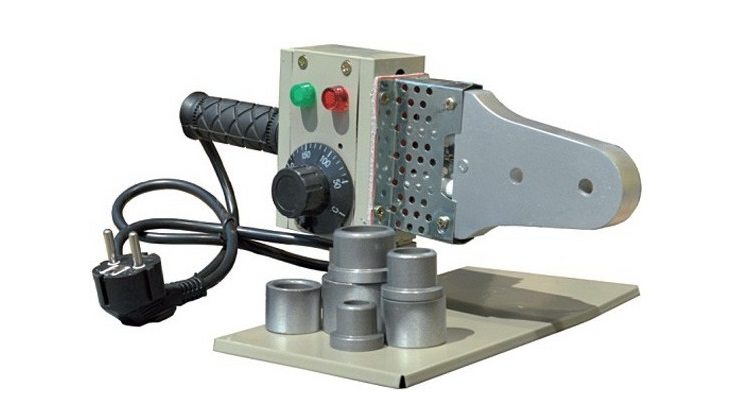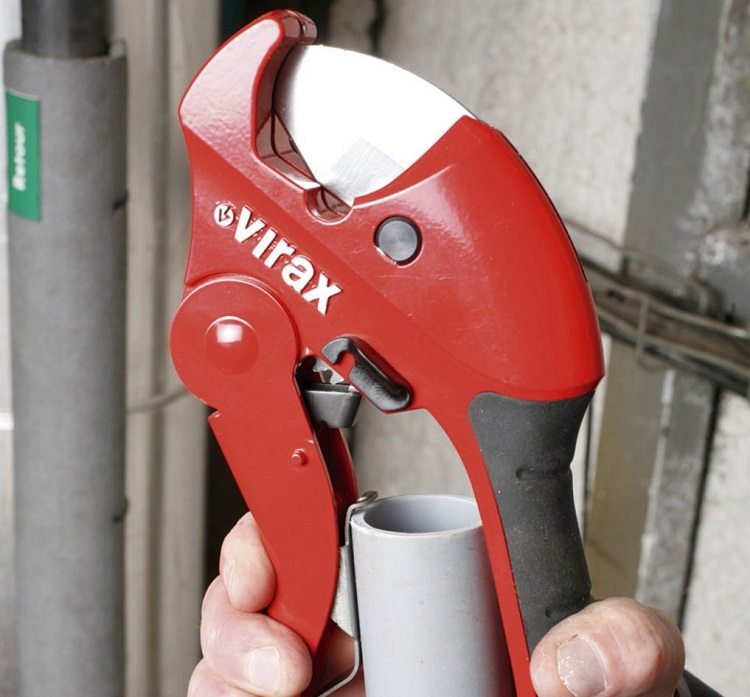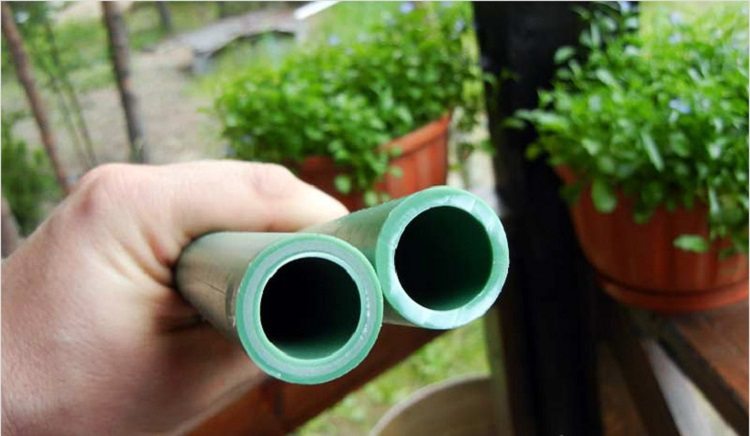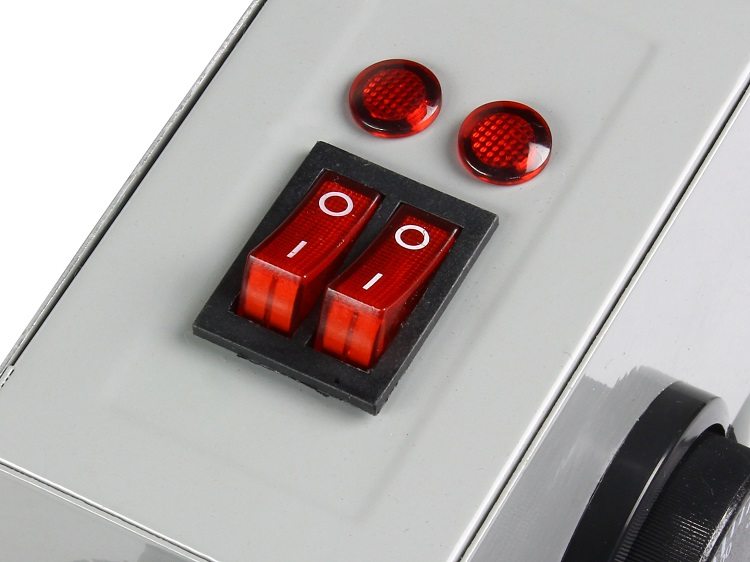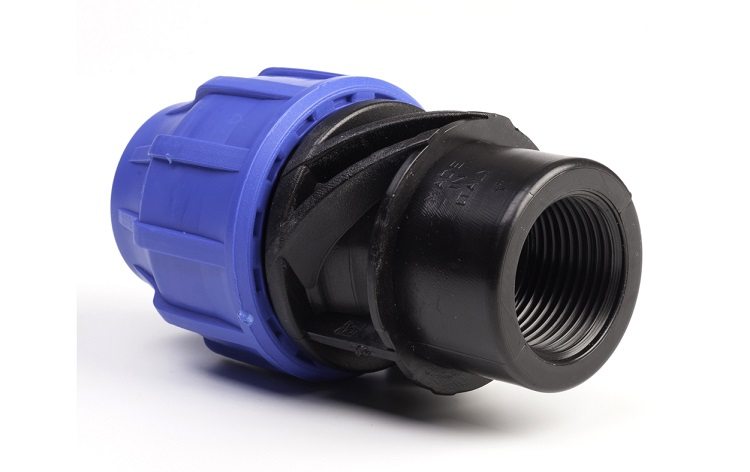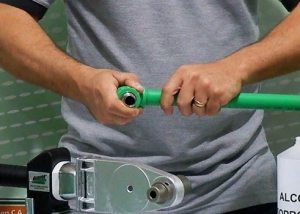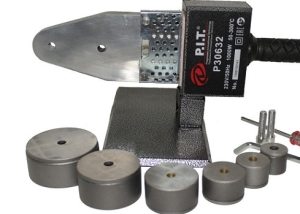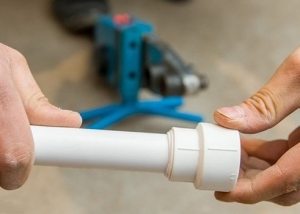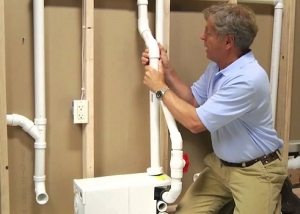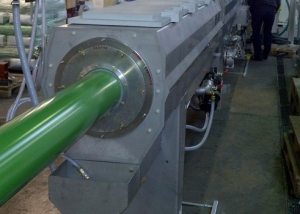Pipes made of polypropylene - an inexpensive and practical solution for arranging water systems with their own hands. How to solder polypropylene pipes, today can tell any master, at least once faced with such work. But you can get strong, tight joints and, as a result, a durable water supply system only by carefully observing the technology of soldering a polypropylene pipe. And for this you need to know all the features of such pipes and work with them.
Content
How to solder polypropylene pipes
It is quite possible for a novice master to solder pipes independently. There is a phased technology for soldering polypropylene pipes. You can spend time and overcome the inevitable mistakes, learn how to create reliable and durable joints of polypropylene pipes with your own hands, or seek help from specialists. However, the technology of soldering a polypropylene pipe is not so complicated, and to connect two plastic pipes together using fittings You can even without much experience.
Important! The main thing is to accurately withstand the temperature and time of heating of the elements, the quality of the joints depends on this.
It is important to know and how to solder a polypropylene pipe. As a rule, an amateur uses cheap, low-quality equipment, professional - expensive and prestigious. But it is not so much the cost as the quality of the heating device and nozzles. It depends on this technique how well the connecting elements and pipes will warm up.
The main mistakes of a novice master, and improper soldering of a polypropylene pipe, are in such situations:
- HDPE pipes reliably grip each other with a layer of molten plastic, so there is no need to scroll the pipes in the fittings during cooling. In this case, it will not be possible to solder qualitatively, the soldering of the polypropylene pipe with the fitting will be brittle, and after a while it will lose its tightness;
- do-it-yourself soldering of polypropylene pipes provides for different heating times for fittings for pipes of different diameters, and it is impossible to overheat a pipe or fitting and not to warm it enough. You can pre-practice soldering the polypropylene pipe and fittings, and check the resulting connection by cutting it along the length of the hacksaw;
- soldering pipes made of polypropylene or pnd pipe is possible only after preliminary preparation of the pipe itself. The connection will not be strong if the connected elements (fitting and pipe) are not previously degreased at the soldering points;
- the edge of the pipe cut with a hacksaw or other tool must be cleaned by removing burrs and checking the geometry of the cut. The correct cut has the shape of a circle, and is made at an angle of 45 ° to the plane of the pipe. Soldering an oval-shaped polypropylene pipe on a cut plane is a sure way to a poor-quality joint;
- during gaskets you need to follow from the source to consumers, realizing connections in places where it will be convenient to work with a soldering iron for plastic pipes;
- the novice’s traditional mistake is system installation in the cold season.Many by inexperience do not know at what temperature it is impossible to solder a polypropylene pipe, but meanwhile, such products are sensitive to cold and it will not be possible to reliably connect them. Experienced craftsmen do not carry out such work at air temperatures below + 5C.
Advice! Soldering polypropylene pipes with your own hands using a low-quality tool from a simple and uncomplicated operation turns into a long and painful event. Use a good tool, if you can’t buy it, you can rent it for sure.
The rules for soldering a polypropylene pipe allow a method for separately heating the fitting and pipe. This method can be used if there is no other way to create a reliable connection. For example, this way they solder the pipes in places where access is restricted - in the space between the walls or for inserting a branch tee into the existing system.
Soldering temperature of polypropylene pipes
How to solder a polypropylene pipe qualitatively? It’s very simple, the main thing is practical experience, but it will take some time to acquire it. High-quality, tight connection of a pipe of any diameter can be obtained only if not only the heating temperature, but also the cooling time of the molten plastic is correctly maintained. If the pipe is overheated during brazing, the material turns into a porous, brittle structure.
The soldering time of a polypropylene pipe depends on its diameter and on the manufacturer who supplemented the pipe with a reinforced layer, or released the pipe entirely from polypropylene. Do-it-yourself soldering of polypropylene pipes will be correct if you increase the warm-up time, and, accordingly, the cooling, depending on the diameter of the pipe, being guided by the data in the table.
Table 1
| Outer diameter of pipes, mm | 16 | 20 | 25 | 32 | 40 | 50 | 63 | 75 | 90 | 110 |
| Distance to the mark, mm | 13 | 14 | 15 | 16,5 | 18 | 20 | 24 | 26 | 29 | 32,5 |
| Warming up time, s | 5 | 6 | 7 | 8 | 12 | 18 | 24 | 30 | 40 | 50 |
| Technological pause no more, with | 4 | 4 | 4 | 6 | 6 | 6 | 8 | 8 | 8 | 10 |
| Cooling time, min | 2 | 2 | 2 | 4 | 4 | 4 | 6 | 6 | 8 | 8 |
Not only does the heating and cooling time of the compound matter. It is also important at what temperature it is necessary and possible to solder a polypropylene pipe. At a minimum, the ambient temperature must be positive (at least + 5 ° C), and the temperature of the pipe heating is, according to SNiP, 260 ° C. Correct soldering of a polypropylene pipe is possible only at these temperature coefficients.
There is almost always a small brochure in the scope of delivery of a tool for soldering PND pipes (soldering iron), which briefly describes how to properly solder polypropylene pipes by thermal diffusion.
How to solder a polypropylene pipe
First of all, check the pipe for cavities, roughness and dents. If everything is in order, then the algorithm of actions will be as follows:
- you need to find out at what temperature the polypropylene pipe is soldered by the diameter of your choice, what should be the “technological pause” and the cooling time of the joints;
- equip pipe soldering iron nozzles of the necessary size. Those who know how to properly solder polypropylene pipes, a nozzle of a larger diameter, if several are installed, are placed closer to the handle of the soldering iron. This is justified if the soldering iron has a xiphoid shape, and is convenient in the case of a tube-shaped soldering iron for PND pipes;
- set the required temperature level on the pipe soldering iron using the regulator. If the device does not have a temperature indicator, wait until the soldering iron heats up and the indicator on the device goes out;
- cut, if necessary, the pipe to the desired size.
Helpful advice! The soldering temperature of the polypropylene pipe is quite high, and there is a danger of burns from accidentally touching heated elements.Be sure to use protective gloves.
Polypropylene pipe connection without soldering
The “cold welding” method is the solution to how to connect a polypropylene pipe without soldering. A special type of PND coupling is used, and a special adhesive composition. Not all polypropylene pipes are suitable for this method, the connection without soldering is preferably used when it is not possible to work with soldering equipment. How to solder a polypropylene pipe if it is forbidden to use electric heaters in the room? To solve this problem, the so-called "sliding" and "compression" fittings were created.
Soldering a polypropylene pipe with a fitting, supplemented by a threaded connection, will make it possible to connect to an existing highway from metal or plastic pipes. A compression fitting makes it possible to create a non-separable connection, but requires a special tool.
Do-it-yourself soldering of the PND pipe can not be done if the connection of pipes and fittings using tension washers is realized. The disadvantage of this method is that it will require a special tool, and the skill of doing the work will not hurt.
More difficult will be the question of how to solder polypropylene pipes accidentally damaged during operation without special equipment. But a certain temperature for soldering a polypropylene pipe is crucial, so you still have to find a soldering iron to replace a failed section or fitting. As an emergency measure, you can use special glue or putty for polypropylene pipes.
So that the new water supply does not give a surprise in the form of a leak, it must be tested before putting it into operation. The easiest way to check the soldering of a polypropylene pipe at the junction with fittings and reducers is to test the system with overpressure.
The secrets of soldering a polypropylene pipe without a soldering iron and with it are not at all a privilege of highly skilled craftsmen. Knowledge about how to properly solder a polypropylene pipe with a fitting, how to solder a pipe from polypropylene and how to connect polyethylene pipes can be obtained from any source - even the Internet. After watching a brief video instruction, it is easy to get an idea of how to properly solder a polypropylene pipe from any manufacturer. Therefore, novice masters are quite capable of installing technically complex and reliable pipeline systems. But only those who adhere to the technology and choose the soldering temperature of polypropylene pipes correctly become specialists. Using tabular data indicating how to properly solder a pipe from polypropylene, you can also spend the funds allocated for the construction or repair of communications, more economically.
